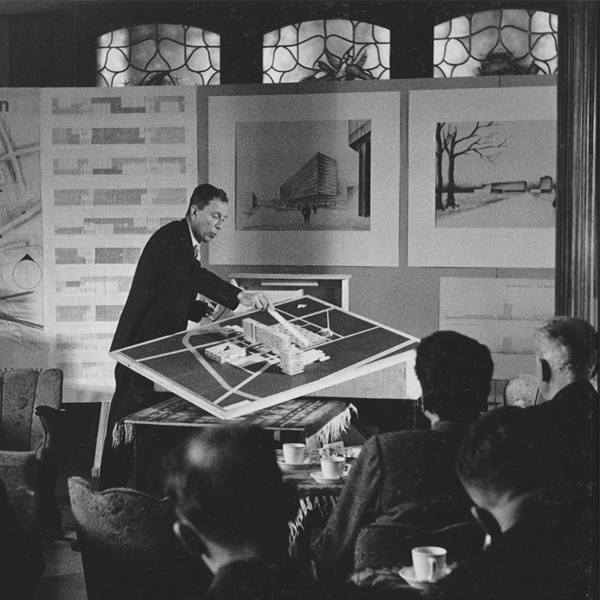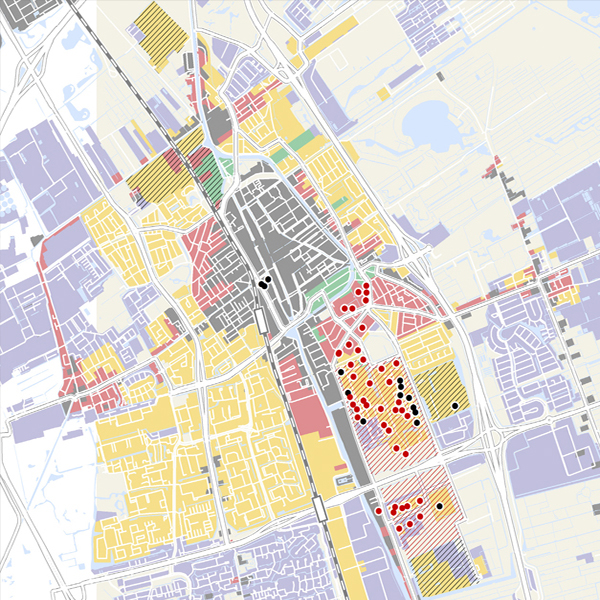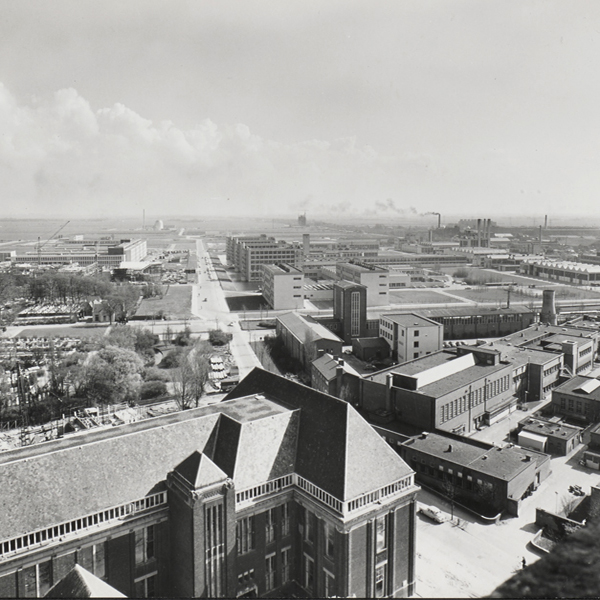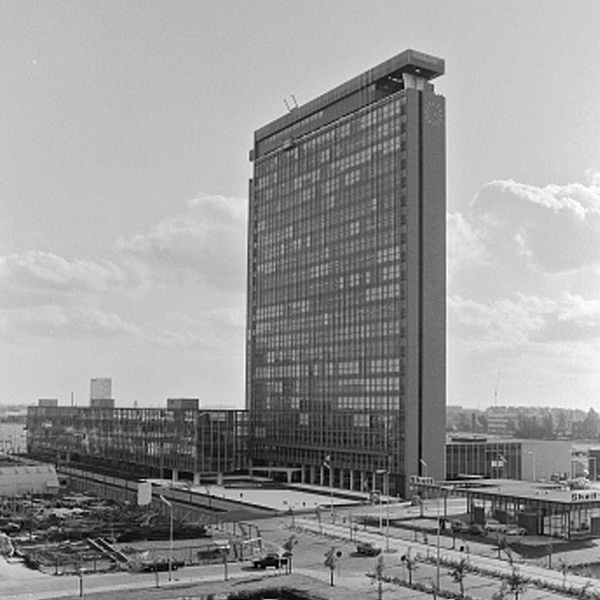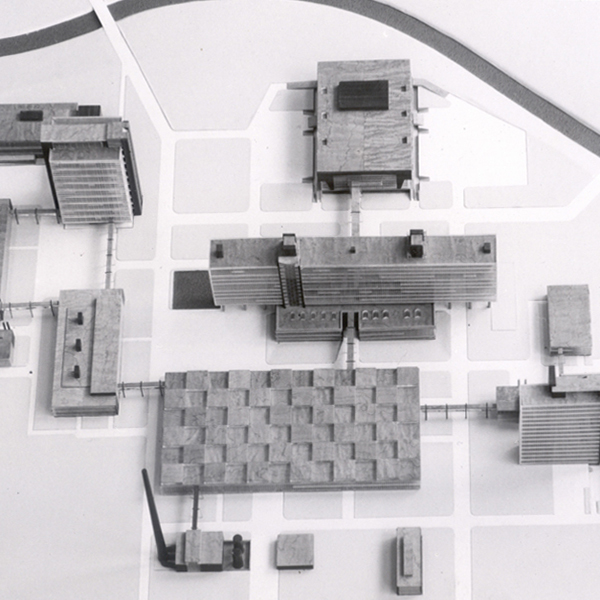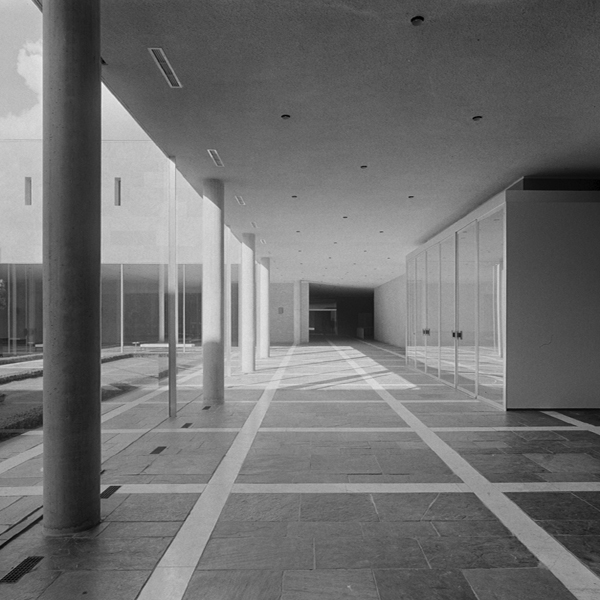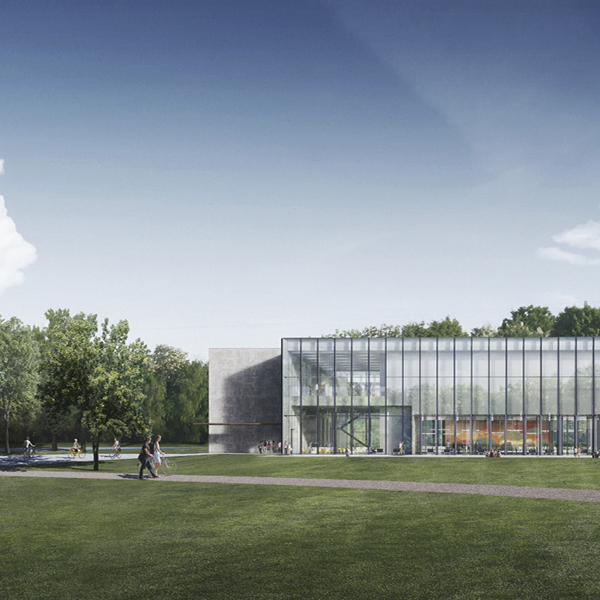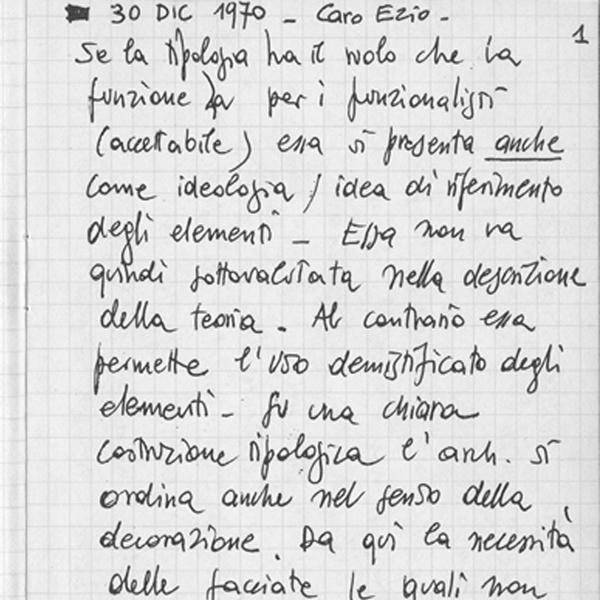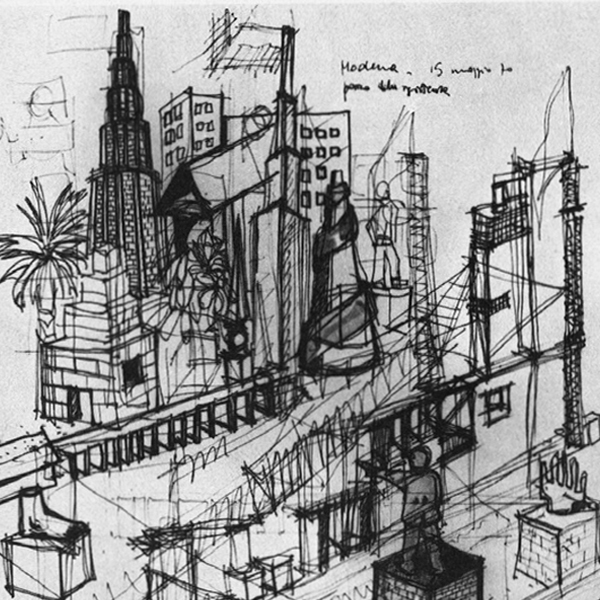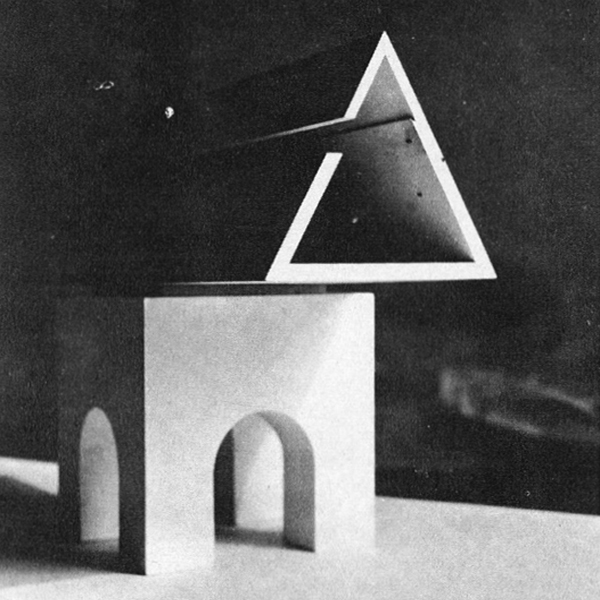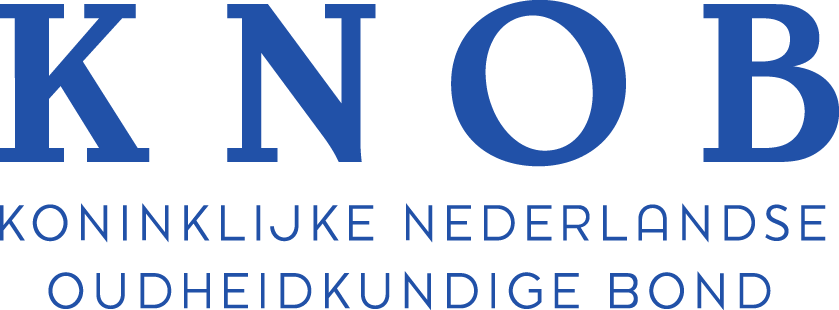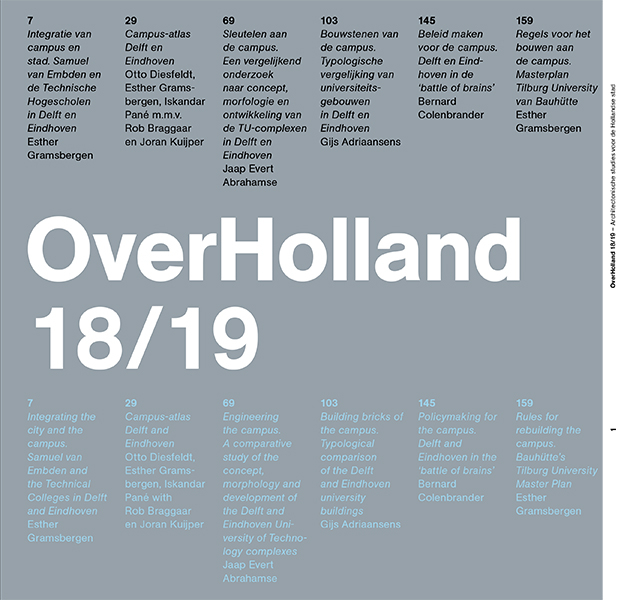
OverHolland is published by Vantilt publishers in Nijmegen on behalf of Delft University of Technology, Faculty of Architecture.
Editors
Henk Engel, Esther Gramsbergen, Reinout Rutte
For maps
Otto Diesfeldt, Iskandar Pané
ISBN 9789460043048
Editorial
-
We open this edition of OverHolland with the very sad news that one of the journal’s editors, Henk Hoeks, died on 29 January 2017. Born on 14 March 1947, Henk was one of the founders of the publishing house SUN (Socialistische Uitgeverij Nijmegen, ‘Nijmegen Socialist Publishers’), where he worked as an editor from 1970 to 2008. From the outset, as he himself said, SUN rested on two main pillars: philosophy and history, to which architecture was added as a third pillar in the course of the 1970s. The new focus on architecture was boosted by SUN’s...
Articles
-
In October 1970 the Dutch journal Plan published a thematic issue on university education and the construction of universities in the Netherlands. The editorial, entitled ‘Ideology or pragmatism’, outlined the dilemmas facing politicians and designers. Major investment was needed to cope with the growing numbers of students, but there was no clear picture of how education and research should develop. Could the existing universities continue to grow, or should new ones be founded? Should existing universities expand outside cities, or remain in small clusters within...
-
To allow systematic comparison of the construction and transformation of the Delft and Eindhoven University of Technology campuses, maps and profiles have been drawn. Below we describe the method used to draw them and indicate which sources were used.
The maps are based on what we call the chronological development map of the Randstad conurbation. This is a digital GIS map file, a kind of ‘parent file’ developed as part of the ‘Mapping the Randstad’ research project. The map, various versions of which have been published in...
-
This article examines the urban-planning design and elaboration of the Delft and Eindhoven University of Technology complexes. What were the underlying ideas, views and designs for the two complexes, how and to what extent were they put into practice, and how have the complexes developed over time? How did, and does, the surrounding urban landscape influence the form of the campus, and how is the campus linked to the city? This comparative analysis focuses on the campus as an interplay of buildings and open space, emphasising the character of the spatial whole and the changes...
-
Delft University of Technology has a large, varied set of buildings in all kinds of forms and styles, distributed over an extensive campus. The buildings at Eindhoven University of Technology are typologically and architecturally homogeneous, and located closer together. The Eindhoven university was founded in the 1960s; the Delft university has a longer history, and hence an older stock of buildings. So what exactly are the differences and similarities between the Delft and Eindhoven buildings? Is there a typical ‘Delft’ and a typical ‘Eindhoven’ type of building? To what...
-
The definition of a campus has traditionally been very simple. A campus is the site where a university is located, and where the faculties that form the functional core of academic study have their buildings. It may also include appropriate accommodation such as sports facilities and housing for students and teachers. The phenomenon originated in the United States, where a need arose for coherently organized university environments inspired by the older British colleges, such as in Oxford and Cambridge. Unlike these predecessors, however, the university complexes in the United...
-
In the coming years the Tilburg University campus will undergo an extensive spatial transformation. The university plans to demolish some obsolete buildings and build three new ones. The first step is the construction of a Teaching and Self-Study Centre (OZC), which is currently in progress. Its development began in late 2014 with a call for design, building and maintenance tenders; the contract was awarded to a consortium consisting of KAAN Architecten and the building and property developer VORM. At the same time the university commissioned Bauhütte, the design-oriented...
-
‘KAAN Architecten and the building firm VORM are together creating a large new building on the Tilburg University campus. With 11,000 square metres of floor area, the university’s Teaching and Self-Study Centre (OZC) is intended to offer students better facilities and hence further improve the quality of education. The building will have BREEAM (Building Research Establishment Environmental Assessment Method) ‘Excellent’ certification, the maximum achievable level of sustainability. Completion is scheduled for autumn 2017.
The KAAN...
Polemen
-
Ezio Bonfanti’s essay Elementi e costruzione: note sull’architettura di Aldo Rossi (1970) can be regarded as one of the most advanced critiques of Rossi’s work. He examines Rossi’s projects, their inherent analytical characteristics, the relationship with a theory based on the possibilities for describing a project and (more specifically) describing it through an analysis that has to be conducted at the level of the composition. Bonfanti’s contribution can equally be regarded as a broader reflection on fundamental aspects of the discipline, for which he believes...
-
The various kinds of trivialisation or abdication that currently typify architecture in Italy have led, among other things, to a rebellious taste for a kind of rigorist, robust, exclusive underground represented by a small number of individuals to whom definitive roles, acts and thoughts that remain aloof to the upheaval and blindness of the times are prematurely being ascribed. Such categorisation is overriding the true interests, the genuine, constructive motivations that to a certain extent determine intellectual trends and alliances, and the real qualities of personalities...
-
Notes and correspondence from Aldo Rossi and Ezio Bonfanti dated 30 December 1970, 2 and 3 January 1971.
